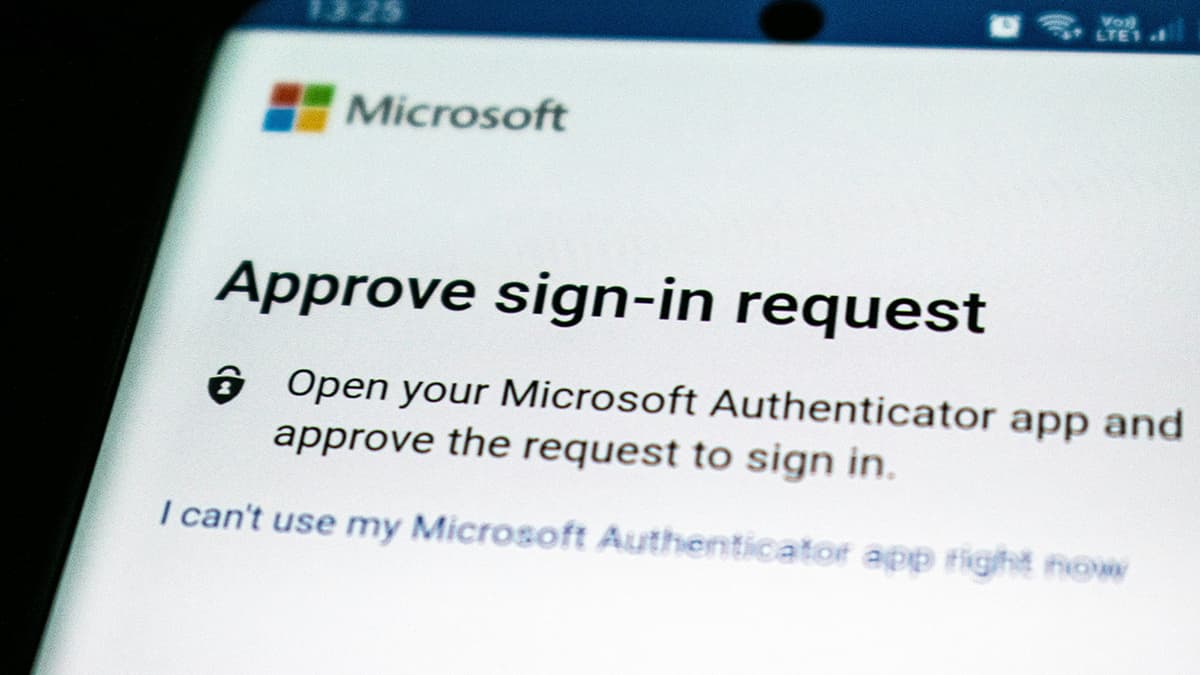Difference Between git pull and git fetch
When working with Git, two commonly used commands are git pull and git fetch. Both commands help in retrieving updates from a remote repository, but they operate differently. Knowing these differences is vital for effective collaboration and version control.
git pull
The git pull command combines two Git commands: git fetch and git merge. It fetches the latest changes from a remote repository and automatically merges them into the current branch. This means that git pull retrieves updates and applies them to the local branch in one step.
Use git pull when you want to update your local branch with the latest changes from the remote repository. It saves time by automatically merging changes. Be cautious, as this can lead to conflicts if the local and remote branches have diverged. If conflicts occur, you will need to resolve them manually.
To use git pull, navigate to your local repository directory in the command line and execute:
Html
Here, <remote> is the name of the remote repository, such as origin, and <branch> is the branch from which you wish to pull updates.
git fetch
In contrast, git fetch retrieves the latest changes from a remote repository without merging them into the current branch. This command updates the remote-tracking branches, which are local references to the state of branches in the remote repository.
Unlike git pull, git fetch does not modify the local branch or create new commits. It brings changes from the remote and stores them in separate branches known as remote-tracking branches. You can access these branches using the format <remote>/<branch>.
To use git fetch, navigate to your local repository directory in the command line and execute:
Html
Here, <remote> refers to the name of the remote repository, such as origin.
After executing git fetch, you can examine the changes and decide how to incorporate them into your local branch. This approach provides more control over the merging process and allows you to review changes before applying them. You can choose to merge the fetched changes manually using git merge or rebase your local branch onto the updated remote branch with git rebase.
Examples of Usage
-
If you're collaborating on a project and need to integrate the latest changes from teammates, use
git pull. -
If you want to assess the changes made by others before merging them into your branch, use
git fetch. This method allows for reviewing changes and deciding how to apply them manually.
git pull and git fetch are important Git commands with distinct purposes. git pull automatically merges changes into the current branch, while git fetch retrieves updates without modifying the local branch. Understanding these differences enhances developers' ability to manage version control and collaboration effectively.












